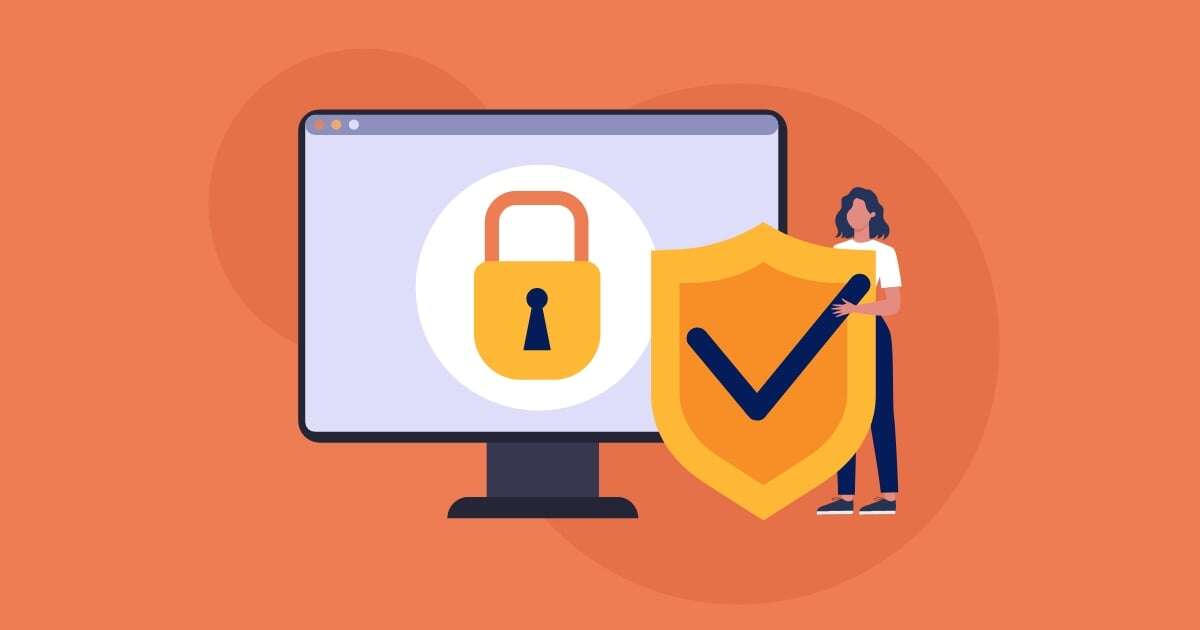In Venminder’s State of Third-Party Risk Management survey, 74% respondents answered that cybersecurity continues to be a top concern for their organizations. Frankly, this isn’t surprising, as it certainly should be a focus. Third-party data breaches can have severe financial and reputational consequences, so mitigating vendor cybersecurity risks that threaten your organization is crucial.
How to Manage Vendor Cybersecurity Risk
Managing your third-party cybersecurity risks isn’t a small feat. First, when deciding on a strategy to manage cybersecurity, it may be beneficial for third-party risk management and information security teams to work together.
Additionally, here are six tips for effectively mitigating your vendor cybersecurity risks:
- Establish a list of your vendors that have access to your information or systems. It’s impossible to manage the unknown, so maintaining an updated list of all your vendors is a critical first step.
- Remember, cyber risk isn’t one-size-fits-all. Categorize your vendors according to sensitivity of the information and systems they have access to.
- Establish levels of review and frequency of monitoring based on the amount and type of vendor risk. Take into consideration factors such as the vendor’s access to your information or systems and the sensitivity of that information to determine the depth and occurrence of reviews.

- Perform ongoing monitoring activities to ensure you stay on top of evolving cyber risks. Malicious actors continue to update their threats and methods to overcome new defenses, so ongoing reviews are essential to determine whether your vendors are prepared for emerging threats.
- Establish a list of your vendor’s vendors, known as fourth parties/subcontractors, that process or have access to your data or systems.
Here are 3 reasons why:
- It’s increasingly common for companies to outsource parts of their processes. As the list of entities that have access to your information increases, so does your risk.
- It helps to ensure that your vendors take this critical step of monitoring their own vendors.
- If the sensitivity of the data or the access to your systems and infrastructure is high, then it may make sense that you verify the cybersecurity measures in place for fourth-party vendors.
- Obtain cyber risk insurance. Cyber risk insurance provides a layer of risk mitigation for cyber-related events.
Two things to keep in mind:
- If things go wrong, cyber risk insurance can help offset the cost associated with a major incident or breach. Insurance can make all the difference between surviving the aftermath of an attack or falling to the consequences.
- There are several types of cyber risk insurance. Contact your insurance carrier to determine the right type and amount for your organization.
When it comes to cybersecurity risks, you can’t be too careful. As third-party data breaches and other cybersecurity incidents threaten your organization, it’s necessary to maintain best practices to protect your organizations and customers’ sensitive data. By collaborating with internal teams and following these six tips, you’ll be on track to protecting your organization from vendor cybersecurity risk.



